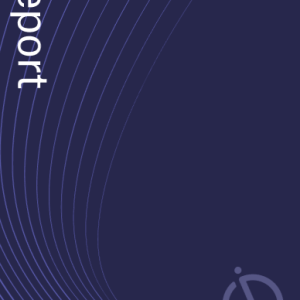Mitsubishi Materials has been granted a patent for a copper/ceramic bonded body, featuring a copper member and an aluminum oxide ceramic member. The invention includes a magnesium oxide layer and a magnesium solid solution layer, enhancing the bond between the two materials. GlobalData’s report on Mitsubishi Materials gives a 360-degree view of the company including its patenting strategy. Buy the report here.
According to GlobalData’s company profile on Mitsubishi Materials, Ceramic membrane fuel cells was a key innovation area identified from patents. Mitsubishi Materials's grant share as of June 2024 was 39%. Grant share is based on the ratio of number of grants to total number of patents.
Copper/ceramic bonded body with magnesium oxide layer
The patent US12037294B2 describes a copper/ceramic bonded body and an insulating circuit substrate, both featuring a copper member or sheet and a ceramic member or substrate made of aluminum oxide. A key aspect of these inventions is the incorporation of a magnesium oxide layer at the interface between the copper and ceramic components. Additionally, a magnesium (Mg) solid solution layer is positioned between the magnesium oxide layer and the copper member, containing Mg in a solid solution state within the copper primary phase. The concentration of Mg in this solid solution layer is specified to be between 0.01 atomic percent (at %) and 3 at %. The claims also stipulate that in regions extending 50 micrometers from the bonding surface towards the copper side, the area ratio of intermetallic compound phases should not exceed 15%.
The production methods for both the copper/ceramic bonded body and the insulating circuit substrate involve several steps. Initially, Mg is disposed between the copper and ceramic components, followed by a laminating step where the two are pressed together with Mg interposed. A bonding step then involves heating the laminated assembly under vacuum while maintaining a specific pressing load, which ranges from 0.049 MPa to 3.4 MPa, and a heating temperature between 500°C and 850°C. The amount of Mg used in the disposing step is also defined, falling between 0.17 mg/cm² and 3.48 mg/cm². These detailed specifications aim to enhance the bonding quality and performance of the resulting copper/ceramic structures.
To know more about GlobalData’s detailed insights on Mitsubishi Materials, buy the report here.
Data Insights
From

The gold standard of business intelligence.
Blending expert knowledge with cutting-edge technology, GlobalData’s unrivalled proprietary data will enable you to decode what’s happening in your market. You can make better informed decisions and gain a future-proof advantage over your competitors.



